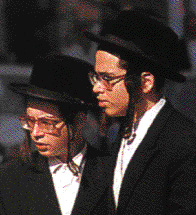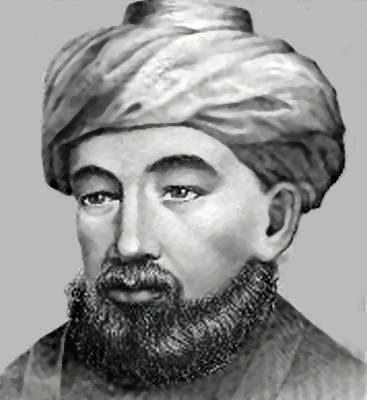Peyas (plural Peyot)
These are the sidelocks of hair worn by mostly the Ashkenazic Jews.
This practice began only a couple hundred years ago by the Chasidic Jews from around
Poland.
Ezekiel is clear when he writes in Eze. 44:20 “Neither shall they shave their heads, nor
suffer their locks to grow long; they shall only poll their heads.”
The Biblical prohibition against shaving uses the Hebrew word gelech (גלח), which refers to shaving with a blade against the skin, Talmudic rabbis interpreted it to only to situations that involve the hair being cut close to the roots, in a smooth manner. I believe they are correct. Even Maimonides (who the majority of the Yeminite Jews follow who do wear Peyas) argued that scissors could be used to cut off the sidelocks. Ever take a look at his portrait?
Those who wear Peyas argue that the practice goes way back but the Otzar Yisrael encyclopedia writes that to the Jews of the Middle East and North Africa this custom was unknown and foreign. Rabbi Yosef Chaim wrote, “I do not propose wearing long sidelocks as our Ashkenazi brethren in Poland and Galicia do.”Even the big fur hats (shtreimel) that the Chasidic wear are recent. The people in the Mea Shearim have admitted it was due to the Jews being forced to wear fox tails as a sign of humiliation so they wore the hats to cover them up.
Views, such as those of the Shulchan Aruch, argued that cutting the sidelocks was a heathen practice, and therefore they shouldn't be cut. The reverse is actually true. You can find ancient paintings on Egyptian tombs that date to the early bronze age showing pagan Ethiopians wearing payas. So it was the pagans who practiced this first, not the Jews!


Peyas are the long locks on the sides of their head
Rambam with no Peyas!